As an Amazon Associate I earn from qualifying purchases.
If you want to learn one duck leg recipe, this is it. Easy roast duck legs, and when I say easy, I mean so easy it’s barely cooking.
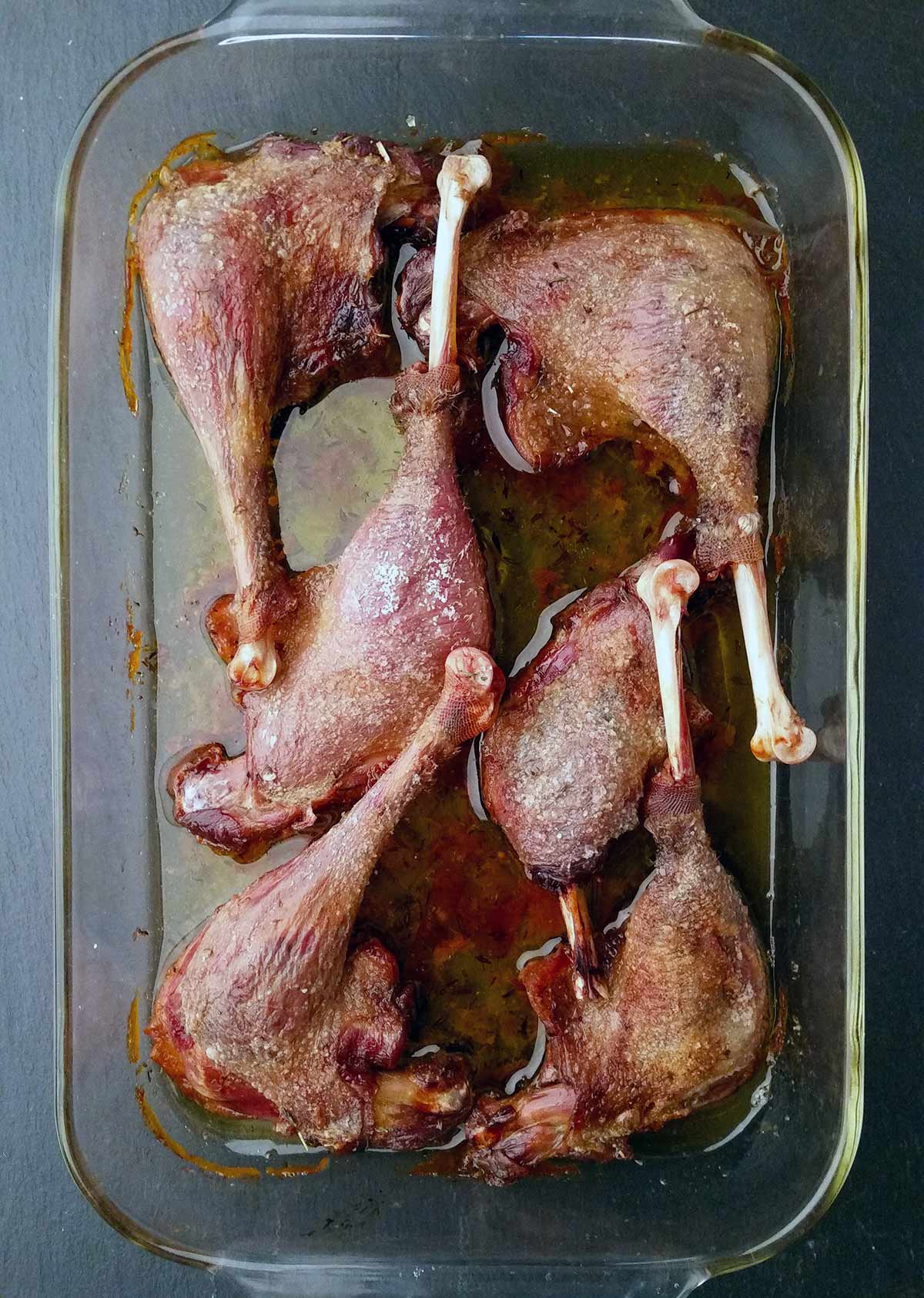
This duck leg recipe is intended to get you close to the luxury that is confit: tender, melt-in-your-mouth meat with crispy skin. It will work with all store-bought duck legs, as well as with wild ducks and especially wild geese.
I love duck confit, but it can be a project. These easy roast duck legs are very much like it, but it’s a far easier way to roast duck legs than traditional confit, which requires salt and time.
Confit, pronounced “con-fee,” is a French method of preserving meats by salting them down to remove moisture and then cooking very slowly in their own fat. It’s wonderful stuff, and I have a recipe for duck confit here. Why is it wonderful? because you get meltingly tender meat topped with cracker-crispy skin. It’s salty, meaty, easy to eat with a bonus of crisp — and humans are hard-wired to like crisp.
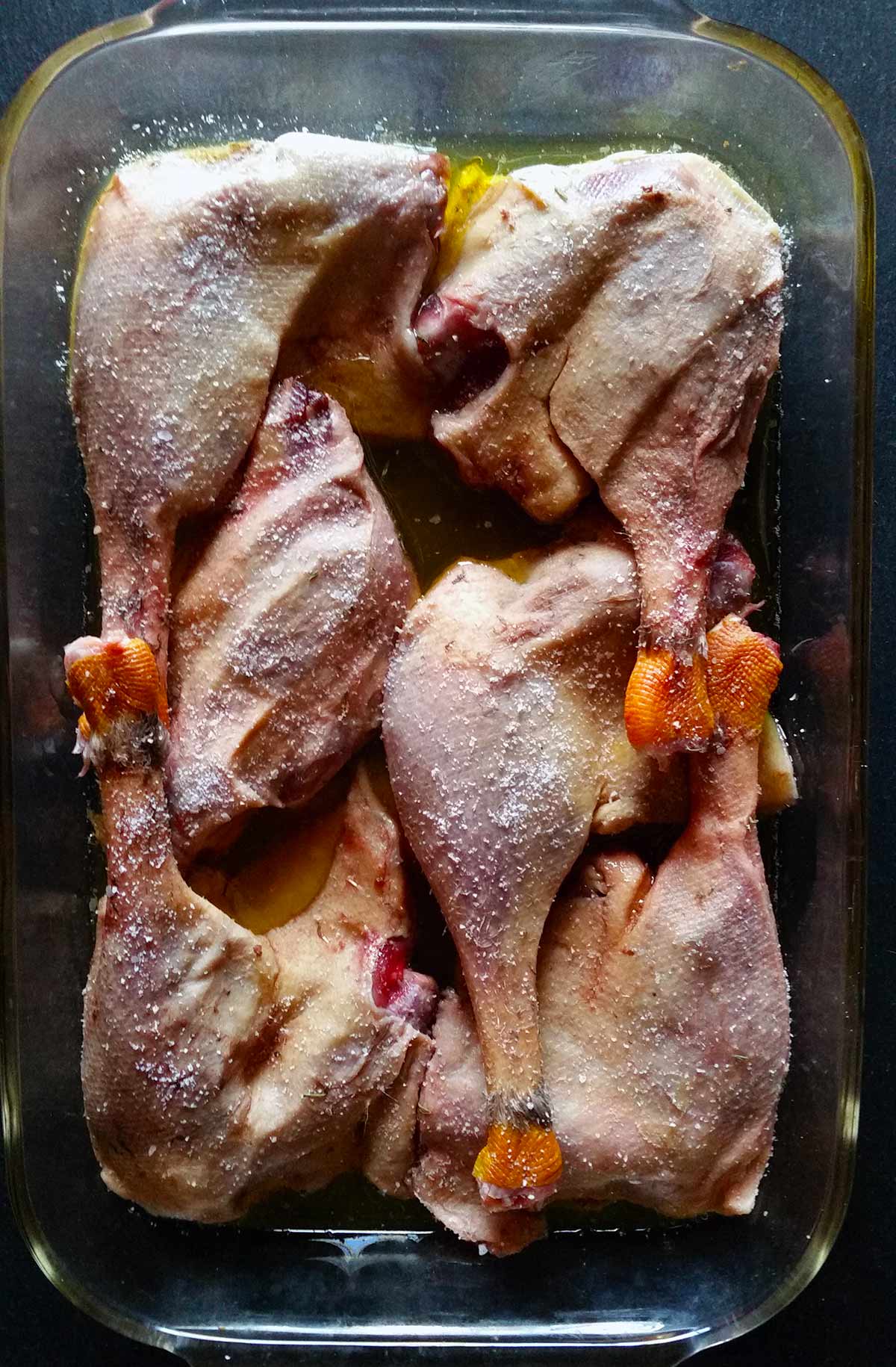
This method will get you close to the original, and it will take you a fraction of the time. The trick is to roast the legs in fat, in a small container that will just barely hold however many legs you happen to be cooking. This, more or less, will ensure that your legs are cooking in a bath of fat, not in the hot, dry air which will desiccate a wild duck or goose leg.
I used the legs from specklebelly geese in these pictures, and I recommend them highly. Canada geese, snow geese, and the legs from big ducks like mallards, canvasbacks, pintails etc. are also good choices, and of course you can do this with store-bought ducks and geese.
You want the skin on them, however. If, for some reason you have skinless legs, you will need to totally submerge them in the fat — and skip the crisping part in Step 3 of the recipe below. Snow goose legs cooked this way, then shredded, are amazing.
Try this duck leg recipe the next time you come across duck legs in the market, or have a good day duck or goose hunting. You will not be sad.
What do you do with your duck legs once they’re cooked? Eat them as is. So damn good. Crispy skin, meltingly tender meat, all they need is a bit of citrus or vinegar to balance them out.
Or you can shred the meat and put it into pasta or a salad, or in a tortilla, or in a sandwich like pulled pork BBQ. It’s incredibly versatile.
Easy Roast Duck Legs
Ingredients
- 2 to 3 pounds duck legs (or goose legs)
- Salt
- Duck fat, butter or lard
Instructions
- Pat the duck or goose legs dry with paper towels. If you have store-bought duck legs, prick the skin of the duck all over with a needle or the point of a sharp knife. Do not pierce the meat itself. Piercing the skin gives the fat a place to seep out. Salt your duck legs well and set them aside, skin side up. Let them come to room temperature for at least 30 minutes and up to 90 minutes.
- Put the legs in a small casserole. How small? You want the casserole to be just big enough to hold the legs. Now you need some fat. If the legs themselves are fatty, you will only need to pour a thin sheen of oil or melted duck fat on the bottom of the casserole, then place the duck legs close together, but not overlapping. If the legs are skinny, add enough fat to come about 1/4 inch up the sides of the dish.
- Put the casserole in the oven and turn it to 300°F; if you have a digital oven, you could even go down to 285°F. Do not preheat the oven. Every duck has a different level of fat, so doneness is more an art than a science. But it will take at least 90 minutes, and probably two hours, and even 3 or 4 hours won't hurt them. After 90 minutes, check the duck: It should be partly submerged in melted fat and the skin should be getting crispy.
- When the skin is starting to look crispy, turn the heat to 375°F. Check after 15 minutes. You’re looking for a light golden brown. Remove the casserole from the oven and let cool for 10 to 15 minutes before eating. Save the accumulated fat for cooking vegetables, other meats or for keeping your skin shiny. I strain the fat through a paper towel, but you really only need to do this if you are saving the fat for several weeks or months; strained, it will keep for 6 months tightly covered in the fridge. Well wrapped, the duck meat itself will last up to 2 weeks in the fridge.
Notes
Keys to Success
- You need the meat to swim in fat. It won't work otherwise. If the notion of that much fat frightens you, you can use chicken or duck stock in a pinch. Not as good, but it will keep the legs from drying out.
- Once made, any of the sauces on this page will work well with your duck legs. Or go simple with black pepper and citrus.
- Your duck legs will keep a week in the fridge, and freeze well.
- To reheat, set them under a broiler or toasted oven to re-crisp the skin. The meat is perfectly good at room temperature, so you'll only really want to get that skin nice again. No need to overcook the legs on reheating.
Nutrition
Nutrition information is automatically calculated, so should only be used as an approximation.


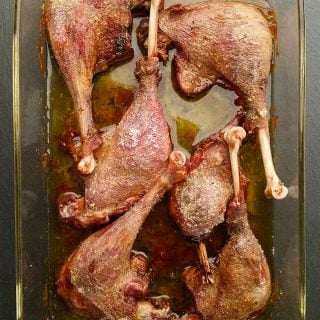

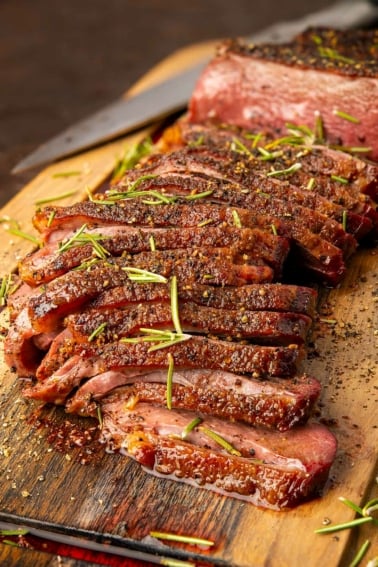
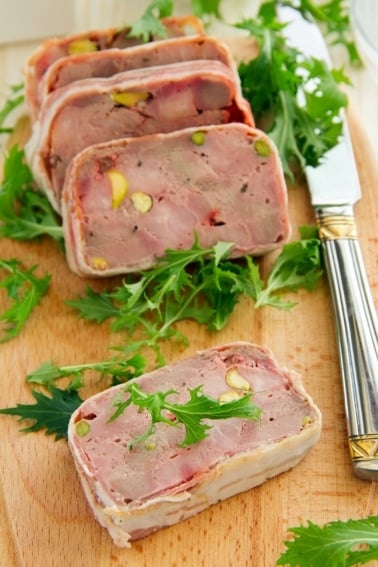

Have you tried using this technique with turkey?
Hank’s Right! Had Muscovy duck that was hot water plucked and lean that I raised. Older mean bird too. Frozen whole. Cut out the breasts for Sunday night, cooked your way in stainless steel fry pan and they were Medium rare and wonderful/perfect!
Had the legs, your way Monday night and they were the BEST ever, fell off the bone tender and juicy and served with butternut squash.
Cooked legs in ALMOND oil purchased at Walmart at a good price and small heavy stainless steel pan with GARLIC powder from SPICE INC (only American grown garlic powder I can find), crushed caraway seed, fresh cracked pepper, and REAL SALT (70 plus minerals in this salt and American mined in Utah) OMG GREAT!
I always eat duck with orange marmalade with Triple Sec or peach jam with Peach Sec but used none with the wings and legs. Husband said they were GREAT and he is 88 in two weeks and not much of a meat eater these days.
Bones will be ground up for the dogs eating the RAW DIET. THANKS HANK!
Perfect duck legs every time! Thanks, Hank!
Perfection! My first time cooking duck legs and they were so simple and amazing! I cooked them for about 3 hours and they were crispy on the outside and tender on the inside. And, of course, I have a gorgeous container of duck fat! This will be my go-to recipe! Thanks, Hank!
I’ve made this recipe a few times now, and it never fails. No other recipe can compete, and if this is almost indistinguishable from the days-long method of traditional confit. Thanks, Hank! I’m a big fan of your recipes!
So tasty but needed more fat as the legs were dry. Moister near the bone. Will do again.
I was apprehensive about this recipe because it seemed too easy to be true but boy, was I wrong. I used to convection roast setting on my oven at the same temperatures and they were slightly overdone (my fault) after about 90 minutes + the extra 15 at 375°. I added the optional thyme as well as some minced garlic. The legs came out perfectly minus the small part that was overdone. Skin was perfectly crisp, and the meat fell right off the bone. Great recipe!!
I made with very fat 4 Pekin duck quarters and they came out exactly as described in the recipe, meat is tender and juicy and skin crispy. And they swam in almost 1/2 inch fat! I served them with small tortilla , cucumber, celery and plum sauce . Thank you Hank for this delicious recipe!
Just made duck legs for the first time ever, used this recipe I am shocked how good it turned out. Thanks for sharing this one!!!!
This. is. the. best. duck. recipe. ever.
Crispy, tender, absolutely divine. It will be our forever more recipe from now on!
Could I add fresh thyme sprigs or crushed garlic to the dish while it cooks?
Katherine: Absolutely!
A can’t miss recipe. We restrain ourselves so as to keep this wonderful recipe, well.. wonderful.
THIS is my ‘go to’ duck leg recipe. We eat duck legs prob once/ twice a month now…. thank you! I’ve gotten use to having duck fat in the fridge now and that sure comes in handy too. I make a blueberry/ port sauce to top it off sometimes (look for a recipe that includes fish sauce or anchovies… trust me 🙂 but its even good with none at all.
I’ve made this recipe several times and it comes out perfect every time. Thanks for sharing!
Tried this last night but it didn’t turn out. Not sure why. Used a cast iron pan as my cooking dish as I didn’t have a small enough proper casserole dish. I added 1/2 cup of rendered duck fat even though the legs were very fatty. Put them in the oven when I first turned on the oven to 285. I took them out after 90 min, they were very dry but still swimming in fat. When I chopped them up they had the texture of hard bacon bits/jerky. Any suggestions for me to try next time?
Spencer: Sounds like the fat didn’t come up enough to “confit” the legs. They will absolutely get dry if the meat is not submerged in fat. Also, 90 minutes isn’t very long. Were they store-bought or wild birds?
Hi Spencer,
I would suggest that the cast iron was overly conductive (transferred too much heat) to the legs, ceramic or glass would be required with these instructions. I’d try again with the right kind of dish.
cheers,
Adrian
Thank you! Making it now!
This is my go to duck leg recipe. It turns out perfect and delicious each time. It’s simple and by far the easiest and best way to do duck legs. I’m usually cooking Long Island duck.
PERFECT crispy duck skin, tender and flavorful meat. Will definitely make again.
Best snow goose I have ate !!!
Such an easy and delish recipe. Worked out perfect for quesadilla night.